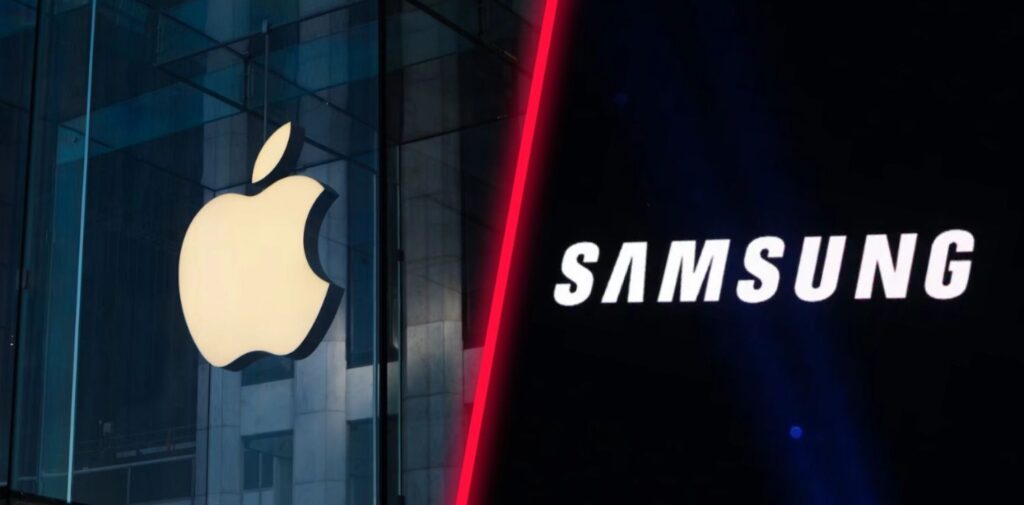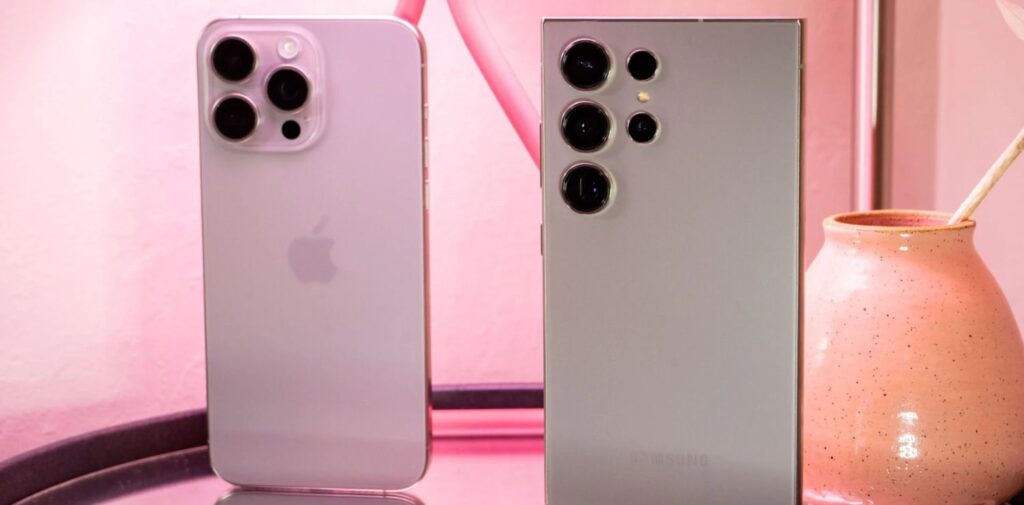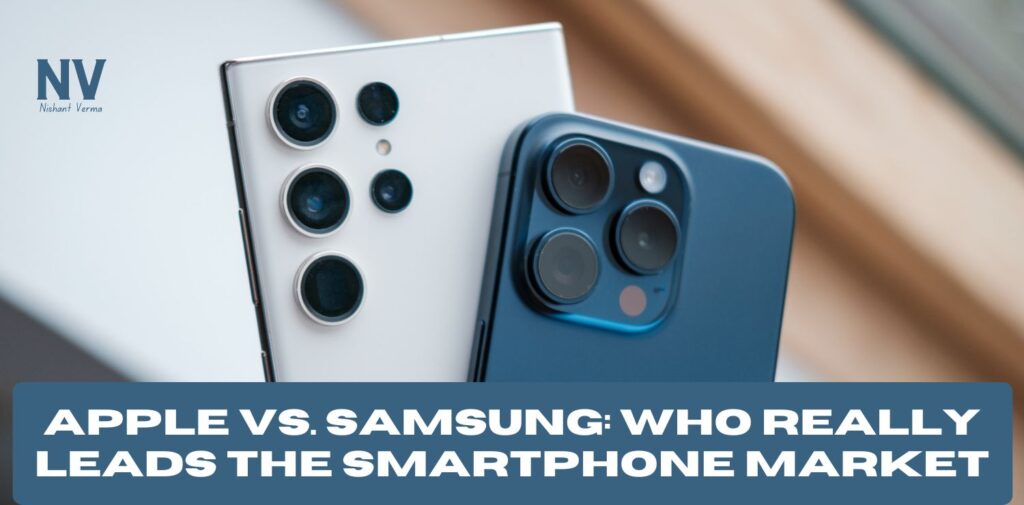The debate over which company—Apple or Samsung—is the true leader of the smartphone market has been ongoing for years. Both giants have fiercely competed to capture the hearts (and wallets) of consumers, offering cutting-edge technologies, premium designs, and strong brand loyalty. But who holds the crown in 2024? Let’s take a closer look at their respective performances and what the data tells us, without arriving at a definitive winner.
Market Share: A Constant Tug-of-War
Globally, the battle between Apple and Samsung remains tight, with both companies frequently switching places for the top spot. As of Q2 2024, Samsung maintains a slight lead with an 18.9% share of the global smartphone market, compared to Apple’s 15.8%. This marks Samsung as the leading brand in terms of global shipments, but the competition is far from settled.
In 2023, Apple briefly overtook Samsung in global market share for the first time, driven by strong sales of its premium iPhones. During that year, Apple shipped 234.6 million units, securing a 20.1% market share, while Samsung shipped 226.6 million units and held 19.4% of the market. This shift was notable as it marked Apple’s first victory in overall yearly market share. However, Samsung quickly regained the lead, and the rivalry continues to intensify.

Premium vs. Diversity: The Key Differentiators
One of the most critical factors in this competition is the difference in target audience and product range. Apple focuses primarily on high-end, premium devices. Its iPhone lineup is known for its consistency, with a few models released each year, offering incremental improvements in technology, performance, and design. The company’s success in 2023 can be attributed to the growing demand for premium devices, which now account for over 20% of the global smartphone market. Apple’s aggressive trade-in offers and financing options have helped make its high-end devices more accessible to consumers, even in emerging markets.
On the other hand, Samsung has a broader product range, offering everything from high-end flagship phones like the Galaxy S and Galaxy Z series to mid-range and budget models. This diversity allows Samsung to appeal to a wider audience globally, especially in regions where premium phones are not as popular. Additionally, Samsung’s focus on innovation, particularly with foldable phones and AI-driven features, gives it an edge in specific markets.
Regional Leaders: Who Reigns Where?
When we look at individual regions, both brands have strongholds in different markets. According to recent data, Samsung is the market leader in 38 countries, including major markets like Singapore, Taiwan, and Brazil. The company’s dominance in countries with price-sensitive consumers is largely due to its diverse product offerings, which cater to different budgets.
Apple, in contrast, leads in 16 countries, including major economies like the United States and parts of Europe. Apple’s strong performance in these regions is driven by its brand prestige and consumer loyalty, with many iPhone users upgrading to new models with every release.

Innovations: AI and Foldables Lead the Way
Both Apple and Samsung have embraced cutting-edge technologies to stay competitive. Samsung has been a pioneer in the foldable phone category, with its Galaxy Z Fold and Z Flip series gaining traction. These innovative designs set Samsung apart, especially among early adopters and tech enthusiasts who are looking for something different. Additionally, Samsung is integrating AI-driven features such as real-time translation for calls and generative photo editing, enhancing user experience.
Meanwhile, Apple has focused on refining its premium features. The iPhone’s latest AI capabilities, like contextual augmented reality experiences and enhanced machine learning, continue to impress. Apple’s A18 chips are designed to support advanced AI tasks, making everyday tasks more intuitive. For example, users can point their iPhones at objects, such as restaurant menus, and receive detailed descriptions—an appealing feature for those who value convenience and seamless experiences.
Challenges for Both Giants
Despite their successes, both Samsung and Apple face challenges in maintaining their leadership positions. Samsung has seen its market share decrease over the past decade, from 24.8% to 18.9%, due to increased competition from Chinese smartphone manufacturers like Xiaomi, OPPO, and vivo. These brands offer high-quality devices at lower prices, which appeal to cost-conscious consumers in emerging markets.
Apple, on the other hand, has faced regulatory challenges, particularly in China, one of its largest markets. The resurgence of Huawei in the Chinese market and the increasing popularity of foldable devices may pose a threat to Apple’s dominance. Additionally, Apple’s reliance on premium-priced devices means that its market share could be vulnerable if economic conditions change and consumers start opting for cheaper alternatives.

What Does the Future Hold?
The smartphone market is rapidly evolving, with new players emerging and consumer preferences shifting. The rise of foldable phones, AI-driven technologies, and 5G connectivity will likely shape the future of this industry. Samsung’s diversified product portfolio gives it flexibility to adapt to market changes, while Apple’s focus on the premium segment ensures it will continue to dominate in affluent markets.
Ultimately, the question of who is the true leader—Apple or Samsung—depends on how you define leadership. Is it about global market share, the number of shipments, or brand prestige? While Samsung currently leads in global shipments, Apple’s dominance in the premium segment and its ability to innovate remain unparalleled.
Share Your Opinion
Both brands have unique strengths and face different challenges. In your opinion, who do you think is the real leader of the smartphone market: Apple with its premium devices and loyal fanbase, or Samsung with its broad range of products and cutting-edge innovations? Share your thoughts in the comments below!




